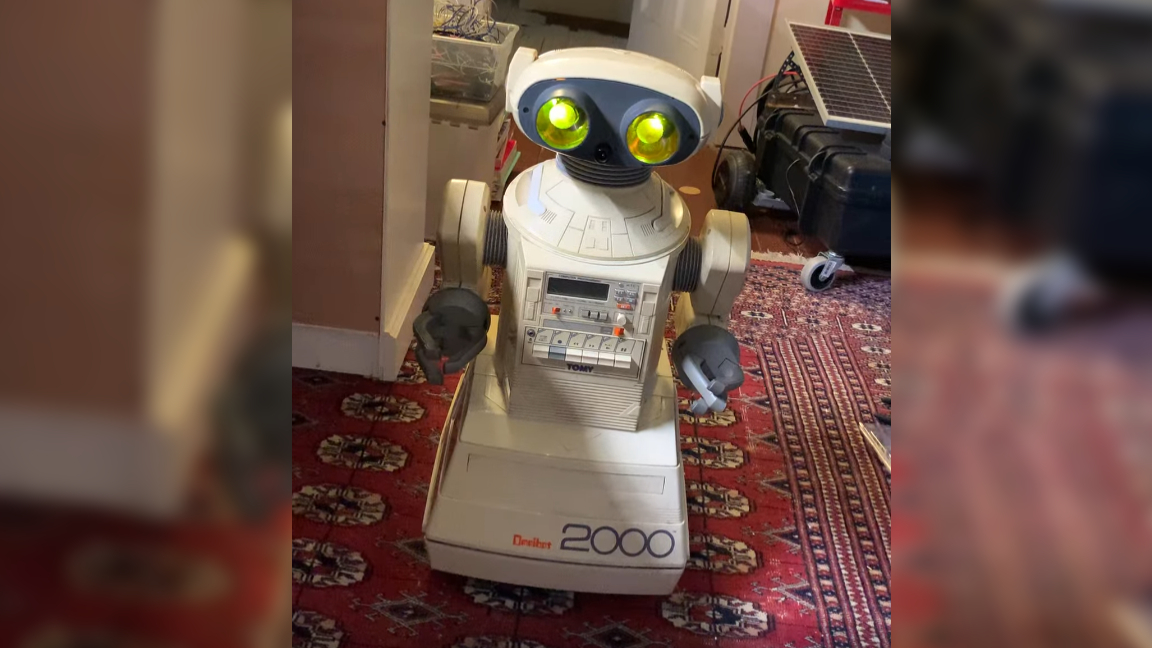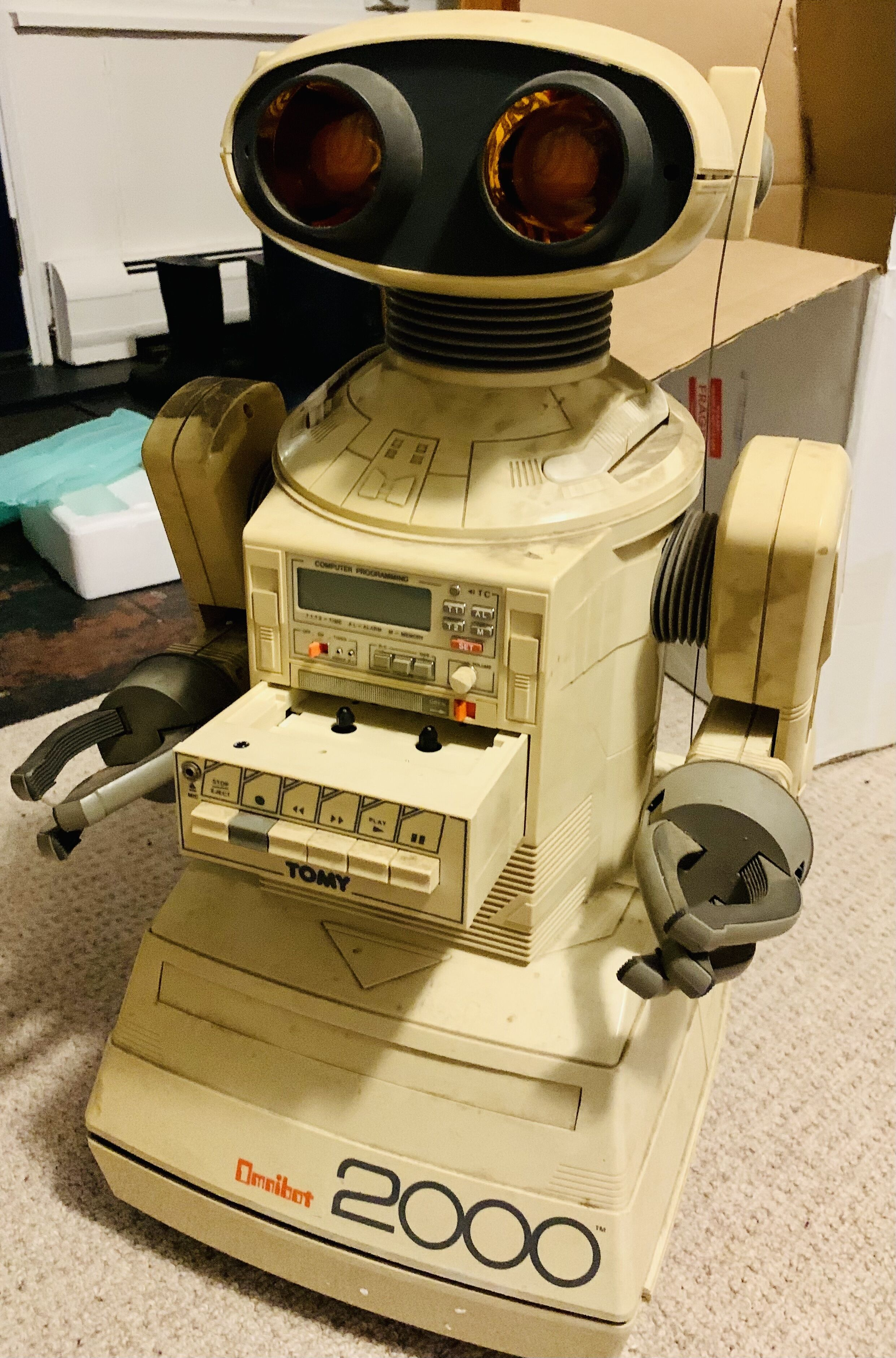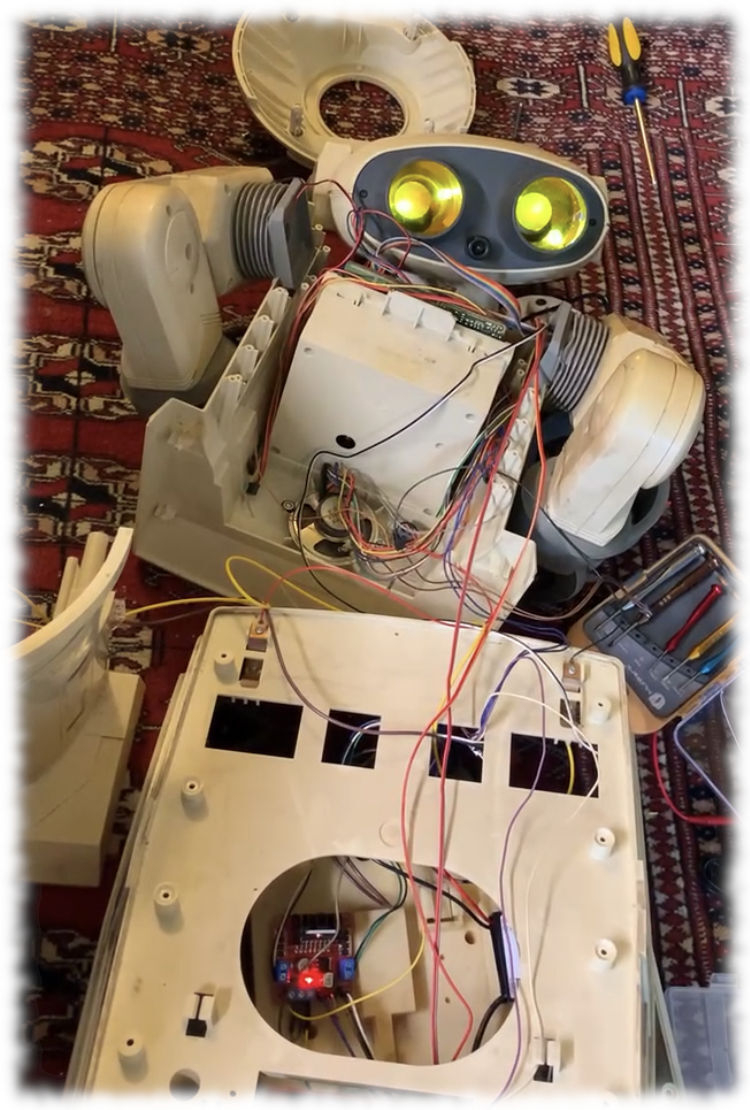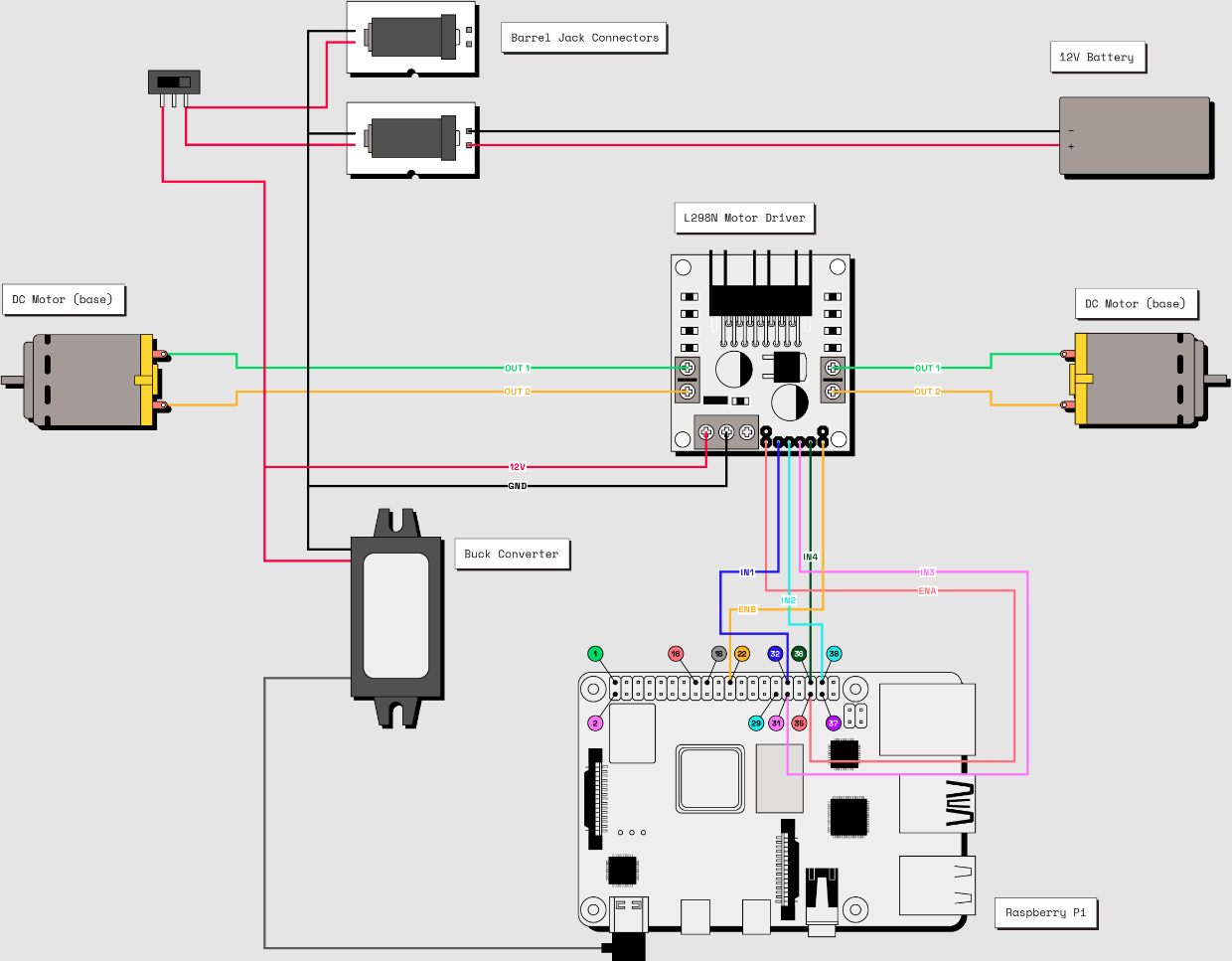
There’s nothing quite like the nostalgic rush of classic robots from the 1980's. It seems like the world was buzzing with dreams of how these futuristic electronic beings would be integrating into our society. Now, thanks to this Raspberry Pi project by Matt from Viam Robotics, we finally have a new use case for one of the most popular ‘80s robots, the Tomi Omnibot 2000. This project, dubbed the Omnibot MAIV, updates the classic robot using a Pi to add new AI-powered features.
The Omnibot MAIV harnesses the power of a Raspberry Pi which is full of creative potential. Matt outlines a few possibilities in his tutorial, but you can recreate this project at home and modify it with new features of your own. From integrating AI to wireless commands, the sky is the limit—or maybe just the number of spare GPIO you have for add-ons.
The new name, Ombinot MAIV, stands for Ombinot Modernized with AI and Viam. Matt tried to retain as much of the original hardware as possible while throwing in as much cool new stuff as he could. His Ombinot MAIV creation has a selection of new sensors, can use machine learning to interact with the world around him and can be accessed remotely over a secure connection.



If you want to build your own, you’ll need a bit of hardware including an old Ombinot. Matt confirms that you won’t need one with a remote control or tray but the better condition it’s in, the less work you’ll have to do. He threw in some LEDs for the eyes as well as a webcam for video input. Any SBC capable of running 64-bit Linux should work, in this case, he’s using a Raspberry Pi 4B. Everything is powered by a 12V battery pack.
The real fun begins when you dig into the software side of things. This is where you can really control Omnibot MAIV with a great deal of flexibility. The cool new features are handled using Viam Server. You can follow Matt’s tutorial to see how to set up eye controls, movement capability, as well as visual input from the webcam nose. But don’t let the tutorial limit you, there are plenty of other cool things you can add on your own. Matt suggests things like object and color detection or navigation.
If you want to get a closer look at this Raspberry Pi project, check out the project page and tutorial put together by Matt over at the Viam website.







